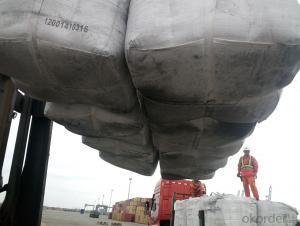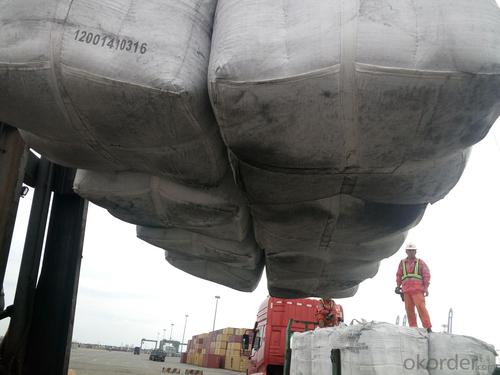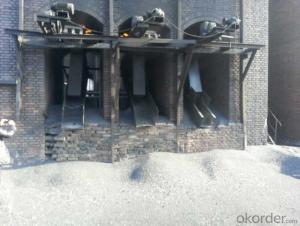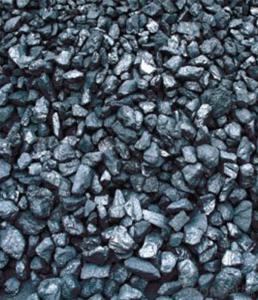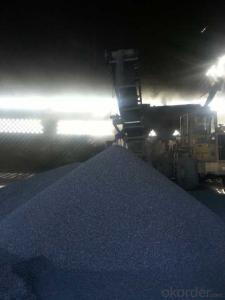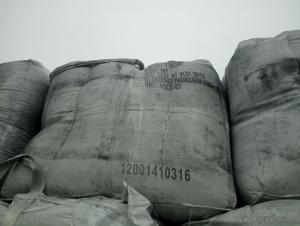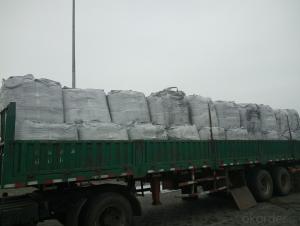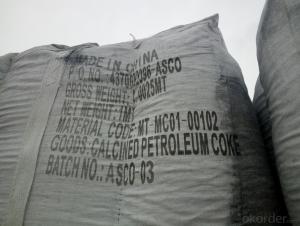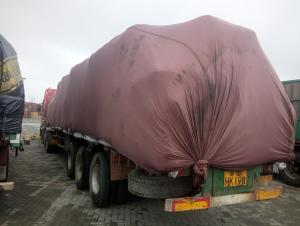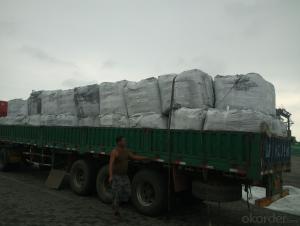Calcined Pitch Coke with Ash 0.5 percent max
- Loading Port:
- Tianjin
- Payment Terms:
- TT OR LC
- Min Order Qty:
- 21 m.t.
- Supply Capability:
- 8000 m.t./month
OKorder Service Pledge
OKorder Financial Service
You Might Also Like
Introduction
Pitch Coke/Coal Tar Pitch is a kind of black brittleness and blocky piece, lustrously at normal temperature. It has special odour and poisonous and can be easily flame when melting, second-grade inflammable solid.
Pitch Coke/Coal Tar Pitch is obtained from powerfully processed coal tar. Compared to petroleum asphalt, the adhesiveness is better. Coal Tar Pitch is high quality tar production with high fixed carbon. It has excellent adhesion, waterproofing and resistance against seawater, oil and various chemicals. In these properties, it is much better than petroleum asphalt tar.
It can be used to produce painting, electrode, pitch coke, and tar felt. It also can be used as fuel and the raw material of asphalt carbon black.
Features:
The morphology, chemistry and crystallinity of recarburisers have a major impact on the overall casting cost. The combined application and cost benefits, which are derived through the use of Desulco, enable foundries to manufacture castings in a highly cost effective manner.
reduces
Recarburiser consumption
Power consumption
Inoculant consumption
MgFeSi consumption
Furnace refractory wear
Scrap rate
Tap to tap time
Slag inclusions risk
Chill
increases
Casting microstructure
Productivity
Process consistency
Carbon Recovery
Compared with calcined petroleum coke, acetylene coke and
graphite electrode scrap, Desulco yields the highest carbon
recovery and fastest dissolution time
Specifications:
CPC | |||
F.C.% | 98.5MIN | 98.5MIN | 98MIN |
ASH % | 0.8MAX | 0.8MAX | 1MAX |
V.M.% | 0.7 MAX | 0.7 MAX | 1 MAX |
SULFUR % | 0. 5MAX | 0. 7MAX | 1MAX |
MOISTURE % | 0.5MAX | 0.5MAX | 1MAX |
Pictures:
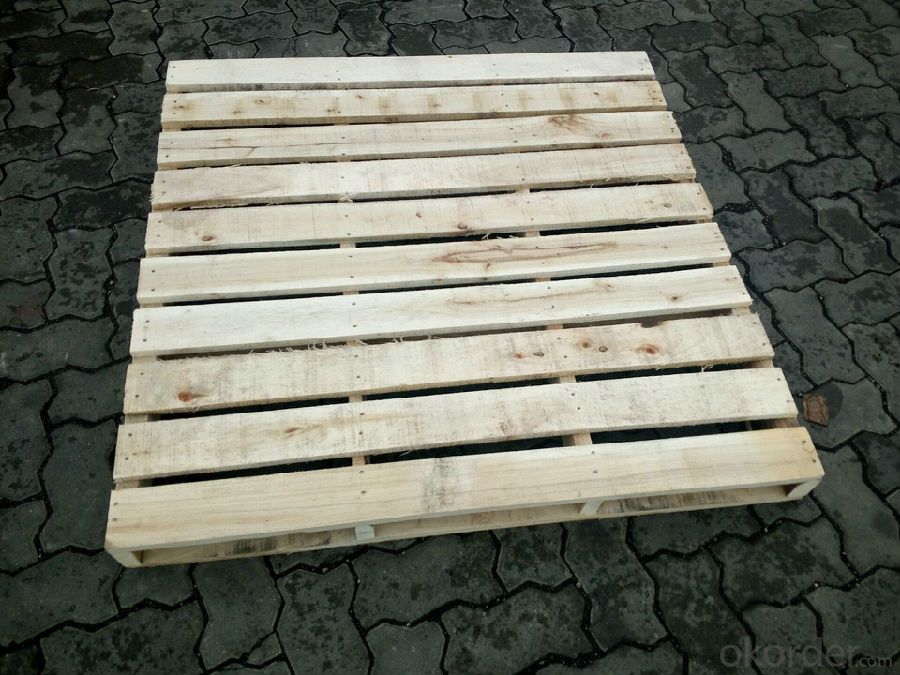
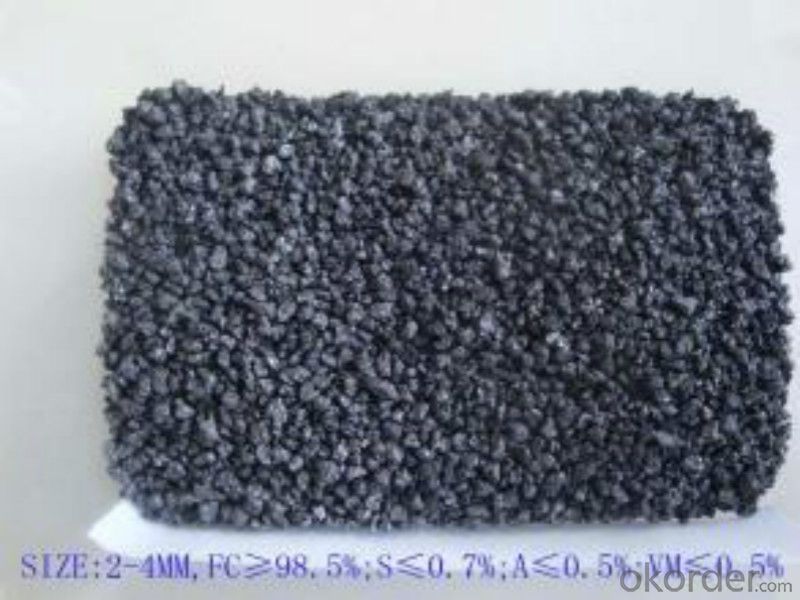

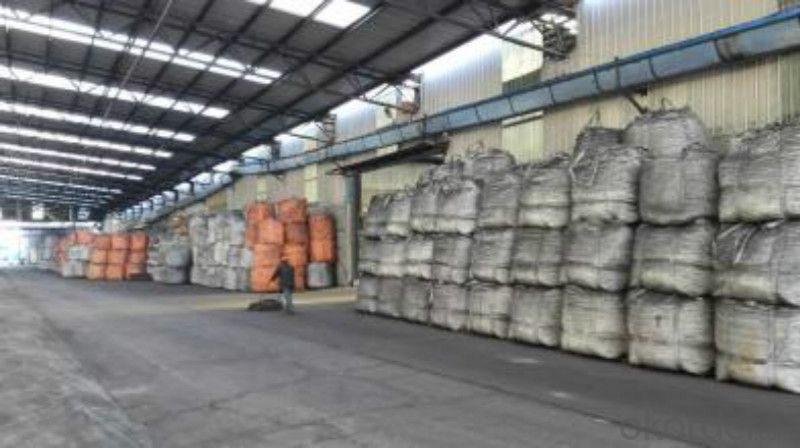
FAQ:
1.MOQ:2 Containers |
2.Size:1-3mm,1-5mm,2-6mm,3-5mm and as the customer's requirement |
3.Packing: 1 ton jumbo bag or 25kgs paper in bag |
4.Payment:T/T or L/C at sight |
5.Delivery time: within 15 days after receiving the deposit |
6.Usage: it is as carbon raiser,widely used in steelmaking,casting,casting iron,steel foundry,aluminum metallury. |
- Q: RT~ I remember our teacher said, but I forgot all of a sudden......Ask for advice!
- Such as esterification can be generated, as well as aldehydes oxidized into ketones, can produce carbonyl
- Q: How do forests act as carbon sinks?
- Forests act as carbon sinks by absorbing carbon dioxide from the atmosphere through the process of photosynthesis. Trees and other plants take in carbon dioxide and convert it into oxygen, while storing the carbon in their trunks, branches, and roots. This stored carbon remains in the forest ecosystem, reducing the amount of greenhouse gases in the atmosphere and helping to mitigate climate change.
- Q: Benefits of reducing carbon emissions
- 1, carbon dioxide in fresh air content of about 0.03%. People living in this space will not be harmed, if the indoor gathered a lot of people, and the air is not circulating. Or indoor gas, liquefied petroleum gas and coal combustion, the oxygen content in the air is relatively reduced, produce large amounts of carbon dioxide, the indoor personnel will appear different degrees of poisoning symptoms. As for the maximum allowable content of carbon dioxide in indoor air, there is no uniform regulation in different countries. Japan has a standard of ventilation when the content of carbon dioxide in the indoor air is 0.15%. The following table shows the effect of CO2 content in air on human body.
- Q: What are carbon-based superconductors?
- Superconductivity, a phenomenon where electrical resistance drops to zero at low temperatures, is exhibited by carbon-based superconductors. Unlike conventional superconductors, which are typically metallic elements or alloys, carbon-based superconductors are primarily composed of carbon atoms. These materials possess a unique structure and properties that make them efficient conductors of electricity when cooled below a critical temperature. Carbon-based superconductors can be divided into two main types: organic superconductors and fullerene superconductors. Organic superconductors consist of carbon-based molecules, such as organic salts or polymers, that form a crystal lattice structure. Extensive research has been conducted on these materials, revealing promising superconducting properties at low temperatures. On the other hand, fullerene superconductors are composed of carbon molecules arranged in a cage-like structure called fullerenes. The most famous fullerene is C60, also known as a buckyball, which has 60 carbon atoms arranged in a soccer ball-like shape. By doping these fullerene cages with specific elements like alkali metals or transition metals, their superconducting properties can be enhanced. What makes carbon-based superconductors particularly fascinating is their potential for high-temperature superconductivity. While most conventional superconductors require extremely low temperatures close to absolute zero (-273.15°C or -459.67°F) to exhibit superconductivity, certain carbon-based superconductors have been found to retain their superconducting properties at relatively higher temperatures. This characteristic is significant for practical applications as it facilitates easier cooling and opens up possibilities for widespread use of superconductivity in fields like energy transmission, magnetic levitation, and quantum computing. However, it is crucial to note that carbon-based superconductors are still an active research area, and numerous challenges remain in understanding their mechanisms and enhancing their superconducting properties. Nevertheless, the discovery and exploration of these materials hold great promise for advancing the field of superconductivity and enabling new technological breakthroughs.
- Q: How does carbon impact the prevalence of floods?
- Carbon emissions contribute to climate change, which in turn can increase the prevalence of floods. This is because carbon dioxide and other greenhouse gases trap heat in the atmosphere, leading to global warming. As temperatures rise, more water evaporates from oceans, rivers, and other bodies of water. This increased moisture in the air can result in heavier rainfall and more intense storms, leading to a higher risk of flooding. Additionally, global warming also contributes to the melting of glaciers and ice caps, causing sea levels to rise and further exacerbating flood events in coastal areas.
- Q: How does carbon affect the formation of hurricanes?
- Hurricane formation is not directly affected by carbon. It is primarily driven by warm ocean temperatures, high humidity, and the Coriolis effect. However, carbon emissions and the resulting increase in greenhouse gases have been linked to climate change, which indirectly affects the formation and intensity of hurricanes. The accumulation of carbon dioxide and other greenhouse gases in the atmosphere is causing climate change, which is leading to higher global temperatures. These warmer ocean temperatures provide more energy to hurricanes, potentially increasing their intensity and destructiveness. Furthermore, climate change can alter wind patterns and atmospheric circulation, influencing the development and movement of hurricanes. Moreover, when carbon dioxide dissolves into seawater, it can cause ocean acidification. This can harm marine life and disrupt the delicate balance of ecosystems. Such disruption can indirectly impact hurricane formation, as healthy ecosystems play a crucial role in regulating the climate and maintaining a stable environment. While the formation of hurricanes is not directly impacted by carbon emissions, their contribution to climate change and subsequent effects on Earth's systems can have significant consequences for the frequency, intensity, and behavior of hurricanes. To lessen the future impacts of hurricanes and protect vulnerable coastal regions, it is important to reduce carbon emissions and mitigate climate change.
- Q: How is carbon used in the production of nanotubes?
- Carbon is used in the production of nanotubes by being arranged in a unique structure where carbon atoms are bonded together in a hexagonal lattice, forming a tube-like structure. This arrangement allows for the formation of nanotubes with exceptional mechanical, electrical, and thermal properties, making them ideal for various applications in fields such as electronics, materials science, and medicine.
- Q: Is carbon a solid, liquid, or gas at room temperature?
- At room temperature, carbon exists as a solid.
- Q: What are the main sources of carbon emissions?
- Human activities, particularly the burning of fossil fuels like coal, oil, and natural gas, are primarily attributed as the main sources of carbon emissions. When these fossil fuels are combusted for electricity generation, transportation, and industrial processes, significant amounts of carbon dioxide (CO2) are released into the atmosphere. Deforestation and land-use changes also play a major role in carbon emissions. Clearing or burning forests leads to the release of carbon stored in trees and vegetation as CO2, contributing to greenhouse gas emissions. Moreover, the decrease in forests reduces their ability to absorb carbon dioxide through photosynthesis, worsening the issue. Substantial carbon emissions are also generated by industrial processes such as cement production and chemical manufacturing. Cement production, in particular, produces a significant amount of CO2 due to the chemical reactions involved. Agriculture is another significant source of carbon emissions, primarily through the release of methane (CH4) and nitrous oxide (N2O). Livestock farming, especially cattle, produces methane through enteric fermentation and manure management. Nitrous oxide is released from the use of synthetic fertilizers and manure in agricultural practices. Lastly, waste management and disposal contribute to carbon emissions. Landfills, where organic waste decomposes, release methane gas. Additionally, the incineration of waste also releases CO2 and other greenhouse gases into the atmosphere. To reduce carbon emissions, it is vital to address these primary sources. This can be achieved through transitioning to cleaner energy sources, promoting sustainable land-use practices, improving industrial processes, adopting more sustainable agricultural practices, and implementing effective waste management strategies.
- Q: What are the applications of graphite in industry?
- Graphite has various applications in the industry due to its unique properties. It is commonly used as a lubricant in machinery and equipment due to its low friction coefficient. Graphite is also used as an electrode material in batteries, as it can store and release electrical energy efficiently. Additionally, it is used in the production of crucibles, refractory materials, and foundry molds due to its high heat resistance. Graphite is also utilized in the manufacturing of steel and other metals, as it acts as a carbon additive to improve their strength and durability.
Send your message to us
Calcined Pitch Coke with Ash 0.5 percent max
- Loading Port:
- Tianjin
- Payment Terms:
- TT OR LC
- Min Order Qty:
- 21 m.t.
- Supply Capability:
- 8000 m.t./month
OKorder Service Pledge
OKorder Financial Service
Similar products
Hot products
Hot Searches
